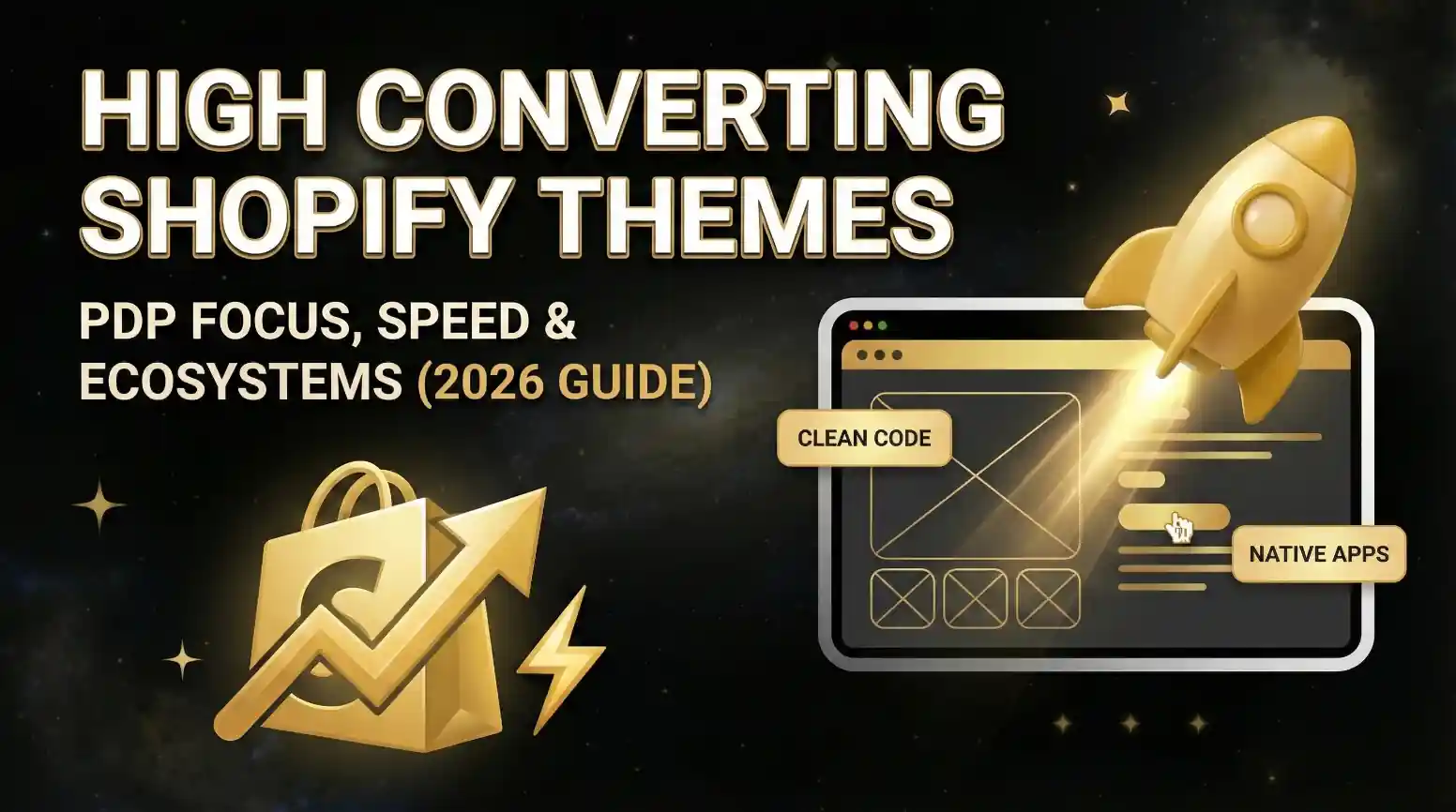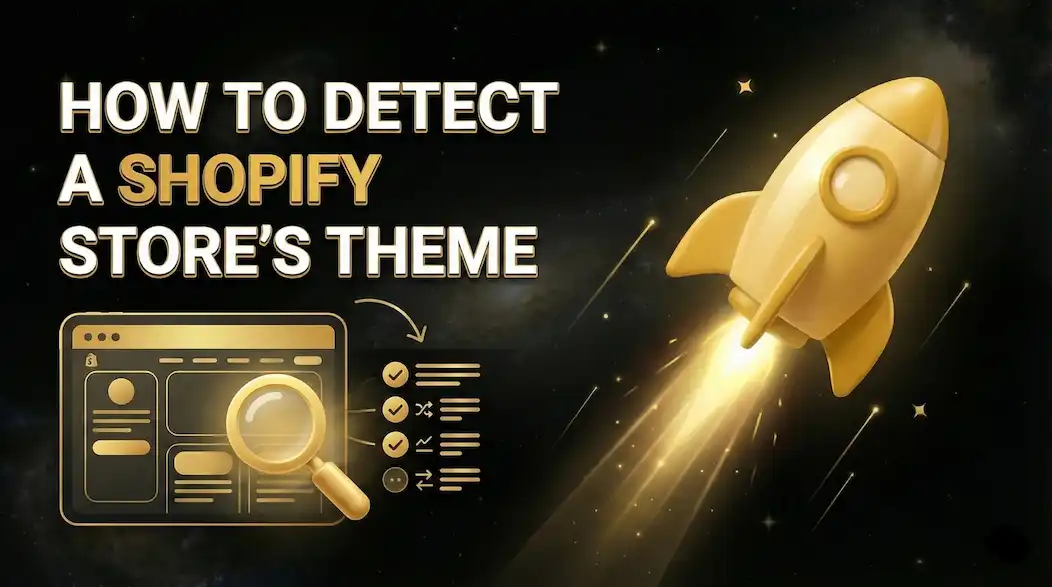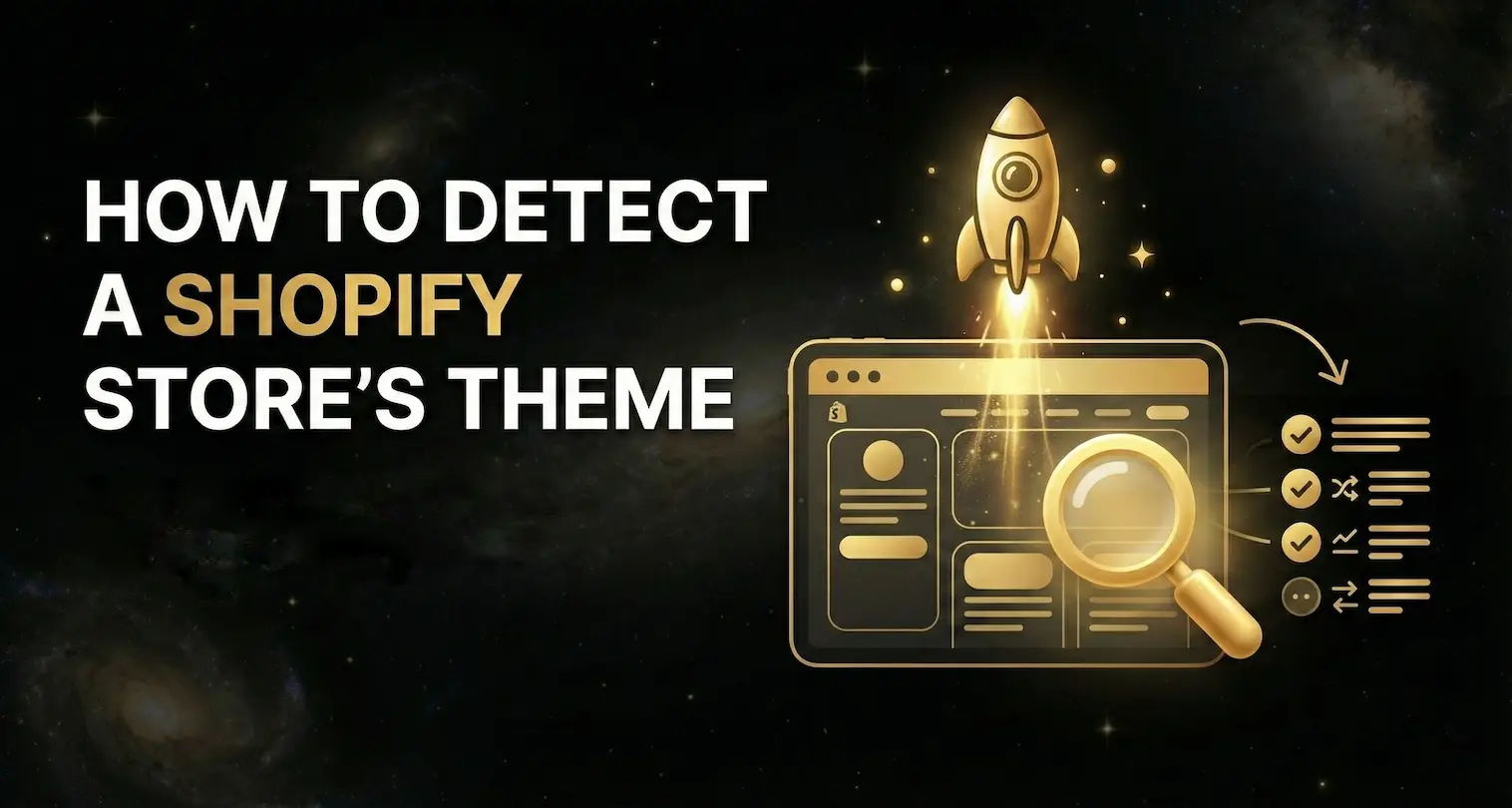Digital Marketing Strategies to Boost Sales on Your Shopify Store
![]() Published: July 08, 2025
Published: July 08, 2025
![]() Reading Time: 6 min read
Reading Time: 6 min read
Want to stay in the loop?
Subscribe to receive updates, insights, and special offers straight to your inbox.
The challenge of increasing sales on Shopify
Opening a Shopify store is easy — making it profitable, not so much. Many digital entrepreneurs face the same dilemma: they have a good product, a visually appealing store, and a basic social media strategy, yet sales don’t take off. That’s where digital marketing comes into play — not as a magic wand, but as a set of strategies designed to optimize every step of the conversion funnel.
Over the years working with different clients, we’ve learned that there’s no universal magic formula — but there are techniques that, when applied correctly, deliver tangible results. In this article, we’ll share not just theoretical knowledge, but real strategies we've used with real stores — with results you can actually see on the Shopify Dashboard.
Increasing Average Order Value (AOV): Effective strategies
One of the most effective ways to grow revenue without increasing traffic is to raise the Average Order Value (AOV) — that means getting each customer to buy more. To do this, we often use what we call an AOV bar — a visual bar in the store that shows something like: “You’re $X away from free shipping.” When users see they only need to add one small item to unlock a benefit, they’re very likely to do it.
This component not only increases sales but also improves the customer experience because they feel like they’re getting more value. It can even be customized by country, minimum amount, or even day of the week, opening the door to creative campaigns like “No Shipping Tuesdays” or “Free Upgrade Fridays.”
Another way we boost AOV is by adding small promotions in the cart, like “For just $3 more, get this complementary product.” These micro-upsells consistently increase average order size.
Don’t underestimate the power of these small tweaks — many stores focus heavily on attracting new traffic, but if your average ticket is low, you’re leaving money on the table.
Upselling and Cross-selling: How to implement high-performing offers
One of the most powerful — and surprisingly underused — strategies in Shopify is combining upselling and cross-selling. With our clients, we implement relevant product upsells right on the product page. For example, if someone’s buying a coffee machine, they’ll see an offer just below to add a set of mugs at a special price.
The secret lies in relevance.
It’s not about showing random products, but items the customer is actually likely to want. This not only improves conversion but enhances the user experience.
In other cases, we use post-purchase cross-selling. Right after checkout, the customer sees a limited-time offer: “Add this product to your order for just $10 more.” This tactic works incredibly well because it leverages the emotional momentum of just completing a purchase.
The key to making this work is automation and a clear understanding of which products complement each other. Tools like ReConvert or Bold Upsell allow you to do this without any technical knowledge.
Creating urgency: Using countdown timers and limited-time offers
Ever visited a store and seen a countdown? Something like “This deal ends in 15:22 minutes.” That’s no coincidence — it’s a powerful psychological trigger based on urgency, and it works.
With several clients, we’ve used countdown timers on banners and product pages. But we don’t just add a timer for the sake of it — we use it as part of real-time promotions like “Order before 12:00 and get same-day delivery” or “Today only: 10% off select bundles.”
This strategy activates the well-known Fear of Missing Out (FOMO), and while it’s nothing new, it’s still incredibly effective when applied with honesty and consistency. It also boosts the click-through rate (CTR) of buy buttons because users feel a stronger push to act now.
Pro tip: customize your countdowns by product type or category, and use copy that doesn’t feel generic. Authenticity is key — otherwise, this tactic may feel like empty pressure.
Subscription models: Securing recurring revenue
One of the best-performing additions we’ve implemented with clients is the product subscription component. Instead of selling once, you create a recurring monthly purchase with a discount. This not only increases total sales but also stabilizes cash flow.
If you sell consumables — like supplements, cosmetics, or coffee — you can offer a subscription with automatic monthly shipping and a 15% discount. The customer doesn’t need to remember to reorder each month, and you gain a predictable income stream.
This strategy also opens the door to creative campaigns like “First month free” or “Subscribe and get a free exclusive gift.” The key is to make the customer feel they’re getting more than just a product: convenience, savings, and exclusivity.
Apps like Recharge or Seal Subscriptions make it easy to implement on Shopify, no complex development needed.
Marketing automation: Essential tools for Shopify
Once your front-end is optimized, it’s time to focus on the backend: marketing automation. Shopify becomes incredibly powerful when connected to tools like Klaviyo, Omnisend, or Mailchimp.
Here are a few essential flows we always recommend:
- Abandoned cart: emails reminding users they left items in their cart.
- Post-purchase: thank-you emails, complementary product offers, or review requests.
- Reactivation: campaigns for users who haven’t purchased in 60–90 days.
- Personalized upsell: product suggestions based on purchase history.
The key is segmentation and personalization. The more your emails feel like direct, relevant messages rather than generic newsletters, the better your open and conversion rates will be.
Automation saves time and ensures no opportunity is missed due to lack of follow-up — it’s like having a full-time marketing team working 24/7.
Customer retention: Programs and techniques that actually work
Making a sale once is easy — getting a customer to come back is the hard part. That’s why building a loyalty system is critical. Some of the most effective strategies we’ve used include:
- Points for purchases: customers earn redeemable points with every order.
- VIP program: exclusive access to early launches or special discounts for repeat buyers.
- Referral rewards: incentives for referring new customers.
You can even combine these with subscriptions — for example, offering extra points for each consecutive month of active subscription. This helps build an emotional connection with your brand.
Platforms like Smile.io, Yotpo, or LoyaltyLion are great for setting up these programs. But always remember: beyond the system, what truly builds loyalty is the value you provide. If your product and service are outstanding, customers will come back.
Combining strategies to maximize sales
Growing sales in a Shopify store isn’t about one silver-bullet tactic — it’s about the strategic combination of multiple well-executed techniques, tailored to your audience and aligned with actual user behavior.
From adding upsells on product pages, to building monthly subscription models, or automating email flows — every detail counts. Each small improvement can directly impact conversion, average order value, or repurchase frequency.
And above all: test, measure, and optimize again. Shopify and its apps provide the tools — but your vision and experience make the real difference.
👉 Contact us and let’s take your store to the next level. Optimize today, gain visibility tomorrow!



